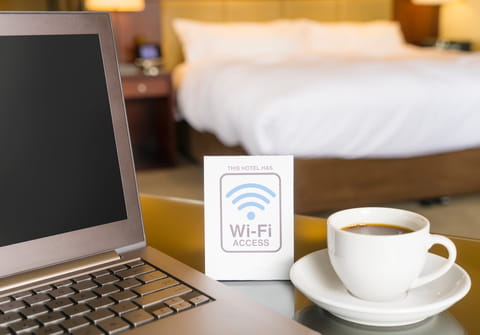Windows 7 can't connect to WiFi: what to do?

This article will explain how to regain access to your WiFi network in the event that a network is detected but your computer is unable to connect. This tip applies specifically to Windows 7 users, but it may also be useful on more updated devices.
How to establish WiFi network on Windows?
It may sound odd, but your computer's inability to establish a connection may not be due to faulty WiFi. Before beginning, we suggest doing a basic check of the three most common problems.
- Can your computer connect to other wireless networks?
- Does your internet work via an Ethernet cable?
- Can you connect to the WiFi network by using another PC?
If you answered "yes" to any of the above questions, then your issue is likely due to a change of SSID. An SSID (Service Set Identifier) is the name assigned to a wireless network for identification purposes. When you connect to a wireless network and choose to save it, the SSID and the security key of the network are stored in the PC in the Wireless Networks Manager folder. This allows the PC to automatically connect to the WiFi network, when available.
If the SSID is changed, the PC recognizes and connects to the modem, but the internet won't work due to a conflict between the old SSID and the new one (both stored on your PC).
You can reset the SSID by simply deleting the old SSID from the list of networks in your Wireless Network Manager. To do this, open your Control Panel, and click Network and Sharing Center > Manage wireless networks.
In the window that opens, select the network with the old SSID, and then click Remove.

